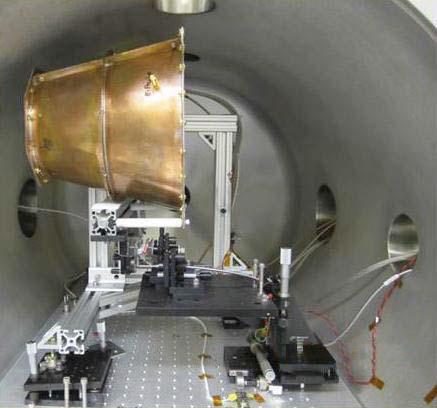
NASA builds larger 'impossible engine' prototype
Despite criticism, controversy and huge doubts expressed by scientists and engineers from around the world, NASA's EmDrive plan is not dying. Eagleworks labs are expected to prototype this 1,2-kilowatt "impossible" magnetron motor within the next few months.
It must be frankly admitted that NASA does not allocate either large financial resources or significant human resources for this. On the other hand, however, he does not abandon the concept, since subsequent tests, even recently carried out in a vacuum, prove that such a drive gives traction. The construction of the prototype itself should take no more than two months. After that, about six months of testing and experiments are planned. In practice, we will learn how this, already relatively large, prototype did.
Initially, EmDrive is the brainchild of Roger Scheuer, one of the most prominent aeronautics specialists in Europe. This project was presented to him in the form of a conical container. One end of the resonator is wider than the other, and its dimensions are chosen in such a way as to provide resonance for electromagnetic waves of a certain length. As a result, these waves, propagating towards the wider end, should be accelerated, and slow down towards the narrower end. Due to the different speed of the wave front, they must exert different radiation pressure on the opposite ends of the resonator and thereby create a non-zero thrust for the movement of the ship. So far, only very small prototypes with a thrust force of the order of micronewtons have been built. Xi'an Northwest Polytechnic University of China experimented with a prototype engine with a thrust of 720 micronewtons. NASA has confirmed the operation of the system built according to the EmDrive concept twice, the second time also in vacuum conditions.
